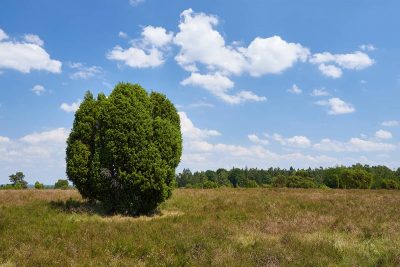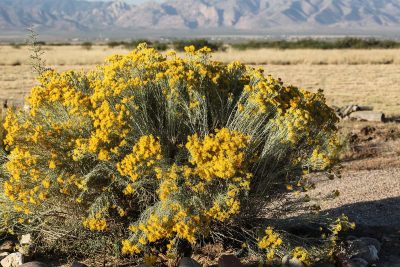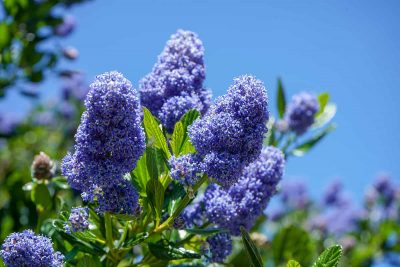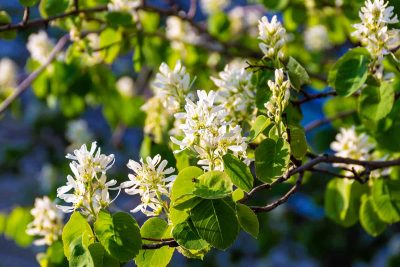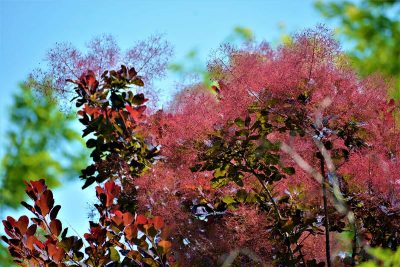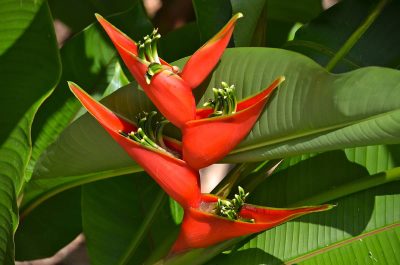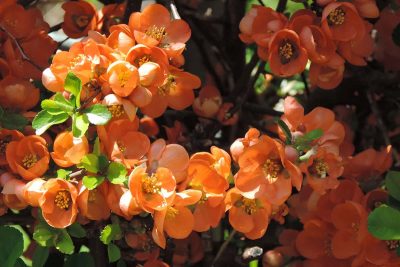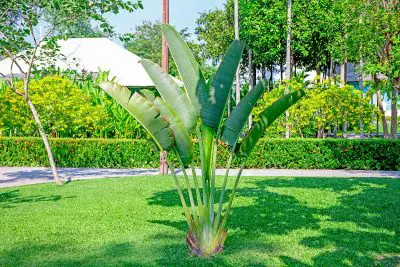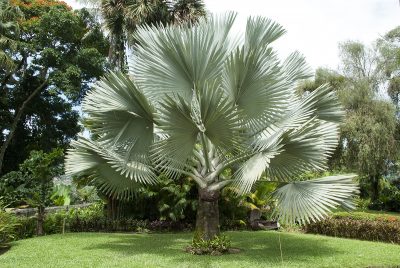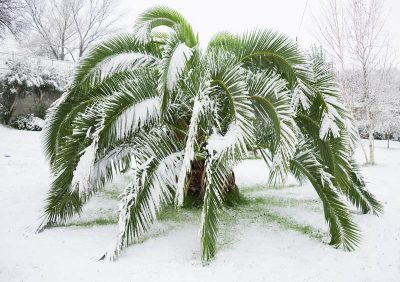Karli Edmondson-Matthews
Posts by Karli Edmondson-Matthews:
Compact gardens don’t have to be limited to compact shrubs and trees. In fact, even if the square footage of your garden is quite small, there is typically no limit on height in gardens, so you can still benefit from a lush display of foliage, but it will be covering more vertical space rather than horizontal space. This is where narrow shrubs can really shine, because they add interest to a garden while also bringing an architectural structured feel to the space.
Clay soil is not known for being the best growing medium for plants, and many gardeners will battle to alter the composition of their native clay soil to help plants to thrive. An easier solution to altering the clay soil in your garden might actually be to accept the condition of your soil, and work with it by choosing plants that will thrive in clay.
If you want to create privacy screening around the perimeter of your home then your options are likely limited to erecting a fence or wall, or growing a screening or hedge made from plants. Fences and walls have the obvious benefit of being pretty much instant, but they can look harsh against the landscape, and make your garden feel like a prison.
Yellow is a color associated with joy, optimism, and warmth. It is synonymous with sunshine, which is a symbol of light, life, energy, and positivity. Yellow flowers can make a garden feel cheerful and energetic, so it’s no surprise that this is a popular color choice when it comes to which plants to grow in the garden. Here we look at a range of trees and shrubs which produce yellow flowers, covering a wide range of growing conditions, climates, sizes, and growth habits.
Some plants are renowned for having invasive roots, such as Willows, Maples, and Japanese Knotweed, while others may be a surprise to you. It’s important to have an understanding of which plants have invasive roots so that you can avoid planting these close to your home.
Fragrant flowers are a wonderful addition to a sensory garden, since they ignite our senses and add an extra layer of enjoyment to an outside space. Here we explore a range of shrubs which produce white flowers with appealing scents.
Foliage can often be considered as the background to brightly colored flowers, but for many plants, the foliage is actually the star of the show. If you select your plants carefully, opting for shrubs and trees which have unusual or interesting foliage, you will be able to enjoy a colorful display in your garden, even when flowers are not in bloom.
The aesthetic of a banana plant is very popular right now, with its huge vertical dark green leaves that add an effortlessly tropical vibe to home interiors and exotic themed gardens. Unfortunately, true banana plants are not the easiest to care for, and they have quite specific care requirements. If you want a banana plant outdoors, you’ll also have to ensure the plant is suitable for growing in your local climate, which generally means your climate needs to be free from frost.
Using flowering shrubs in the garden as opposed to shrubs which are favored for their foliage, can add an extra dimension to the garden when the plants are in bloom. Orange flowering shrubs in particular are great for creating a sense of joy and energy in the landscape, and orange flowers will present a vivid contrast against green leaves.
There are roughly 70 different species of banana plants which all belong to the Musa genus. This genus is responsible for producing both bananas and plantains. Though these fruits are economically important across the world, banana plants are not just cultivated for their ability to produce bananas. They also have a striking appearance, with long paddle-like foliage in bright green, which makes them popular as ornamental plants.
There are over 2600 species of palms, and among these, there is some color variation, especially if you take into account the colors of the many fruits palms can produce. Here we take a closer look at the colors palm trees come in.
The lowest temperature that a palm tree can survive in will depend on the species. Palm trees which are known to be cold hardy can survive in temperatures well below freezing, down to -15°F.
